Try not to over-spend on or under-utilise clothes in your child’s wardrobe.
As a mother of a seven year old boy who shoots up in height every few weeks, his wardrobe management is something I have really struggled with since his pre-school years. I am sure several of you feel the same way.
We buy impulsively and end up with too many pieces of the same kind or too less of something. Often, we find ourselves staring at that shirt or dress that was so expensive when we bought it, yet was hardly worn. This is clearly wasteful spending resulting in an accumulation of clothes that inevitably get passed down to someone else’s child after barely being used.
So, what can be done to manage your child’s wardrobe better? Here are some wardrobe management tips that I found useful. If you have more ideas, please send them to me so that I can share it within our parenting community at Liz Jacob.
1. Pay attention to what’s evident
Kids outgrow their clothes every four to five months. That immediately tells us that you need to have a minimal, quick-cycle wardrobe approach for them. Here are some interesting statistics:
- In their first year of life, babies on average grow 10 inches in length and triple their birth weight
- By age two, growth in height usually continues at a fairly steady rate of about 2.5 inches per year until adolescence.
- During adolescence (around age 13 for boys and age 11 for girls), boys grow an average of 3.7 inches a year, and girls grow an average of 3.3 inches
2. Create a minimal stocked wardrobe
- First, map your child’s clothing requirement for a week. Pre-schoolers need more casual clothes than school-going kids who spend half the day wearing school uniforms.
- Second, create an excel chart for each clothing type needed in the wardrobe. The optimal number of clothes you will actually use in any age group cycle that lasts only for five months is approximately two weeks of clothing without too many washing cycles (in case of any travel plans or emergencies).
So for example, my seven year old, school-going son should only have the following in his wardrobe:
Most essential items:
- 10-12 casual t-shirts for evening playtime
- 8-10 comfortable playtime shorts/track pants (depending on winter or summer)
- 8-10 nightwear sets
- 10 underclothes
- 10 pairs of socks
Lesser used but important items!
Formal dressing normally happens two or three times a week and usually during weekends when visiting to the mall, a friend or a social function. So, that’s normally a maximum of 6 events in 2 weeks. Given that you normally do not wish to repeat formal clothes very often, you can add a few extra sets here to the count of what is really required for 2 weeks. I would opt for:
- 4 formal t-shirts + 4 formal shirts
- 3 pairs of jeans + a mix of 3 pairs of trousers/shorts dependin on their preference
- 2-3 party sets (only if required)
You can choose to shop less than this, but ideally try not to shop for more than this while your child is growing up.
3. Keep only the clothes required for the week, visible to the eye. Keep the rest in baskets or drawers. This is my favourite, and most effective tip.
- Less the clutter, the better you think: Hang the clothing combinations for the week on a hanger in a Monday to Sunday series. Create labelled hangers or storage boxes etc. in the cupboard to organise things better. The bonus here: it also makes it easier for your child to navigate through his wardrobe.
- This requires 30-45 minutes of your time every weekend. However, it’s worth the effort as it will ensure that all clothes get used optimally.
- Finally, get your child to sign off on the combinations for the week. This will make them feel empowered in their sartorial choices, provide them a more sensible perspective on clothing combinations and best of all reduce arguments.
4. Shop systematically after 4-5 months keeping the wardrobe checklist in mind.
Do not buy over sized garments with the belief that your child or his younger sibling will grow into it. Shop for the right size for each child. Nothing looks better than well-fitted garments. Plus, with online shopping good clothes and styles are just a click away. Hoarding doesn’t help anyone.
Next Topic: Fashion looks for girls






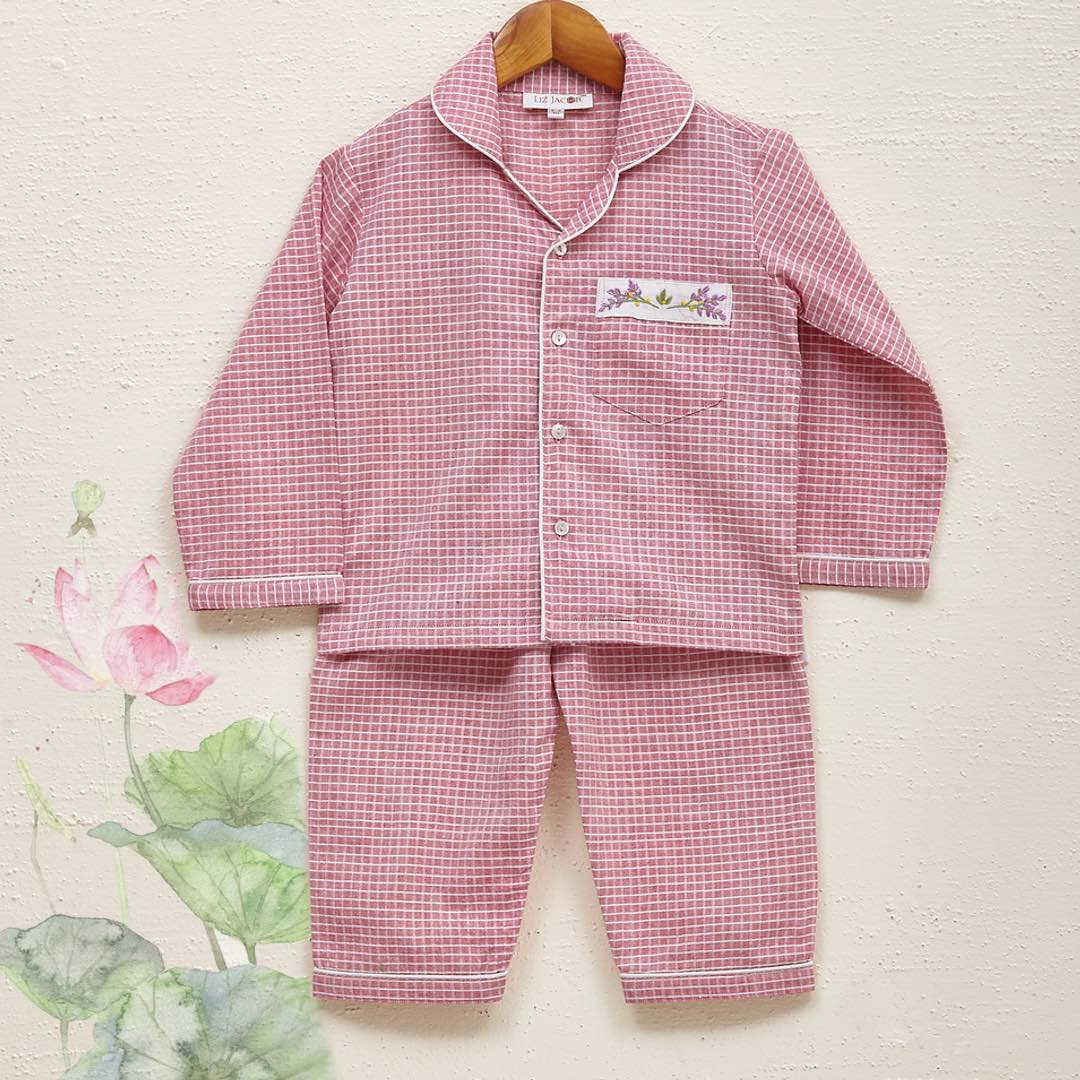
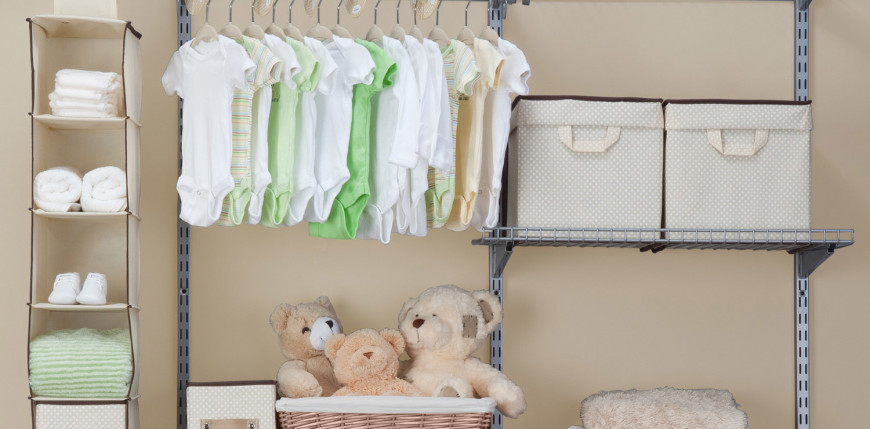
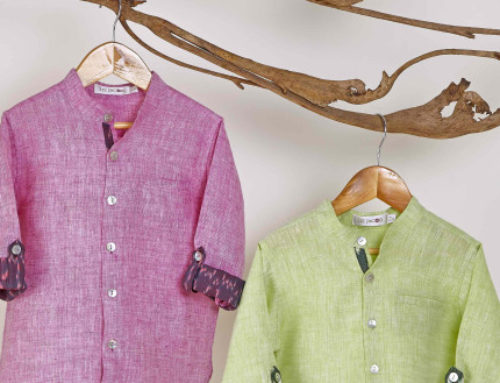
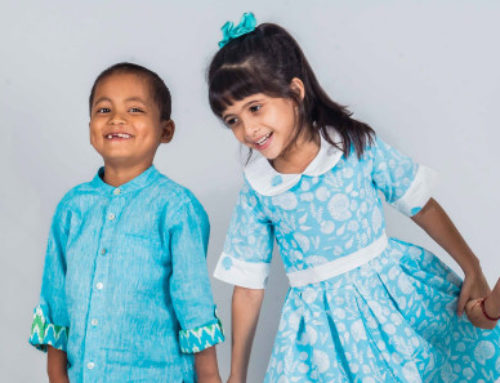
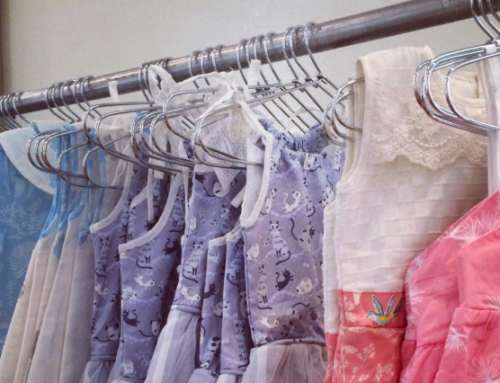
Leave A Comment